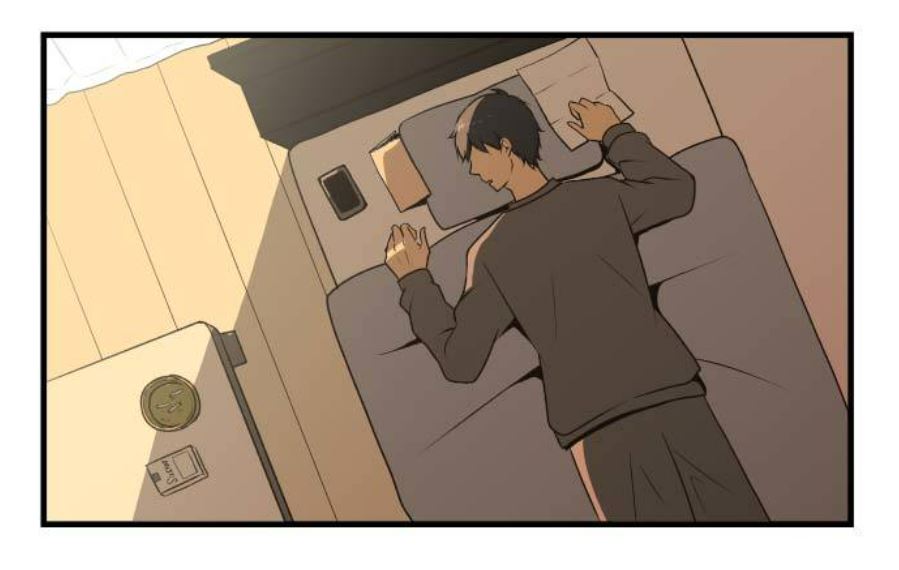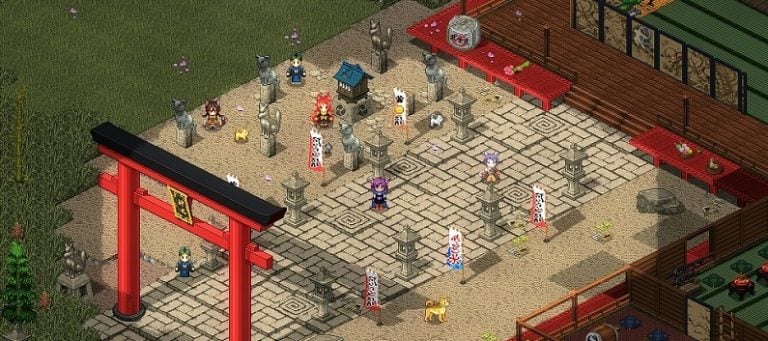It has been ten years since the first of Japanese webtoons started being published. To commemorate the milestone, Oricon News published an interview with one of the pioneers of webtoons in Japan, Yayoiso, author or ReLIFE and Tsugihagi Mirai. The interview goes into detail about how webtoons were initially received in Japan and what are manga artists’ thoughts on the webtoon model of comics in comparison to traditional Japanese manga.
Webtoons are a form of digital comics formatted to be read on devices with vertical scrolling such as smartphones and tablets. They first originated in South Korea in the 2000s and became popular worldwide as Korean culture and manhwa became more widely known. Other countries were quick to discover and introduce the new and convenient comic format.
Japan on the other hand, already had an existing manga industry with solid foundations based on print and physical editions, which made the webtoon culture significantly slower to catch on. However, the last decade has seen webtoons on the rise, with Yayoiso’s ReLIFE from 2013 being one of the first titles to popularize webtoons among the Japanese public.

In the interview, Yayoiso mentions that even though her work ReLIFE was one of the first webtoon-type manga to originate in Japan, she did not feel much resistance from the public and was surprised to not receive any backlash, though she also notes that this could have been due to the series being published on a webtoon-only app and not an environment where typical, horizontally read manga was expected.
On the other hand, she mentions that it was actually the manga artists that found themselves “in a pickle” with the advance of the webtoon culture. She herself, as she recalls in the interview, panicked when faced with the challenge of creating a full color weekly series in a new, vertical format she had no prior experience with and no templates to reference. She recalls using Korean titles as reference but feeling that just looking at the comics was not enough to understand the already fully developed techniques of manhwa artists. Among mangaka, starting a weekly series is already considered “insane,” but having it in full color is a whole new level of challenging.

Regarding the differences between typical “horizontal” manga and vertical webtoons, Yayoiso gives several pros and cons of each. Regarding composition, manga is significantly more challenging as the artists has to keep in mind the layout of a page, but the fact that readers can easily flip pages makes it easier to convey complex stories such as mysteries that require the reader to go back and confirm what they had read previously. On the other hand, the “long single image” format of webtoons allows the artists to more convincingly convey the passage of time and pauses in speech by making breaks using the unlimited space available.

The element of color is a big advantage of webtoons, Yayoiso mentions, as it allows for a way to express the ambient light of different environments such as day, night, cloudy scenes etc, thus increasing immersiveness and dramatic effect.
Yayoiso finishes the interview by expressing hope that even though traditional manga and webtoons are bound to change with the times, she hopes that both will continue to exist and evolve. At the moment, the webtoon market in Japan is rapidly growing, with titles by Japanese artists increasing and webtoons being more readily available through apps such as Line Manga.





